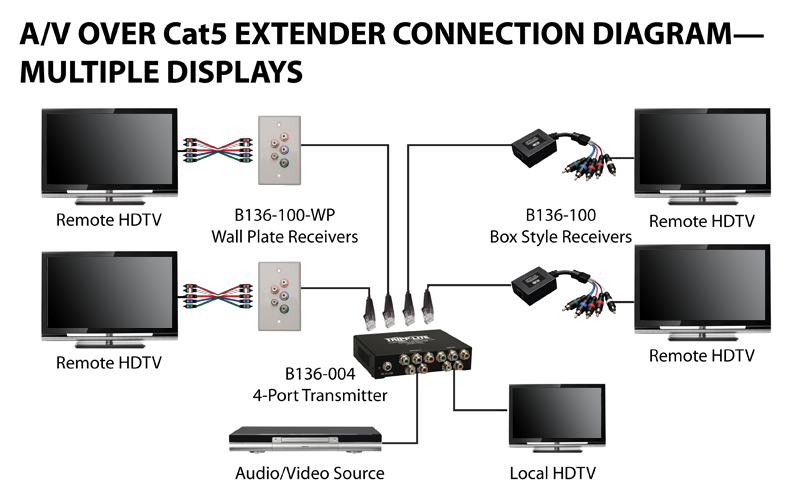Integrating Legacy Platforms utilizing Advanced Audio Connectivity Solutions for Improved Efficiency as well as Adaptability.
Integrating Legacy Platforms utilizing Advanced Audio Connectivity Solutions for Improved Efficiency as well as Adaptability.
Blog Article
In today's rapidly evolving world of audio technology, the requirement to enhance performance and flexibility in sound systems is more crucial than ever. Many entities and locations still depend on legacy systems, which are antiquated technologies that may not have the capabilities of contemporary devices. However, harmonizing these outdated technologies with cutting-edge audio networking technologies can lead to substantial improvements. Audio networking enables for better interconnectivity between devices, allowing it simpler to control and operate audio across various areas.
One of the primary advantages of combining legacy technologies with modern audio communication is increased adaptability. Conventional audio technologies often involve complicated wiring and limited pathway options. With audio communication solutions like Dante or AVB, sound transmissions can be transmitted over standard Ethernet connections. This means that operators can easily connect various devices without the requirement for extensive rewiring. Regardless within a concert venue, a school theater, or a business event, this adaptability allows for quick modifications and modifications to the audio configuration without significant delays.
Performance is a further major factor that improves when outdated technologies are upgraded with up-to-date communication technologies. Outdated technologies may struggle to provide superior sound, especially in bigger spaces or in complex occasions. By adopting audio communication, entities can take advantage of sophisticated capabilities such as low delay, timing, and electronic data processing. These improvements help ensure that sound is distinct and consistent, enhancing the complete quality for audiences and artists together. This transition can make a marked difference in how audio is perceived in various settings.
Additionally, integrating legacy systems with contemporary technologies can lead to cost benefits in the extended run. While modernizing to novel equipment may necessitate an initial cost, the effectiveness gained through audio networking can lower upkeep costs and minimize the requirement for continuous repairs. Additionally, connected technologies often require less tangible room than conventional installations, which can reduce on real estate costs in venues. Entities can distribute resources more efficiently, utilizing the savings they save to invest in additional critical fields.
Lastly, training staff on the method to operate combined technologies becomes simpler with audio networking. Numerous contemporary sound networking platforms come with intuitive controls and remote control capabilities. This indicates that including those who may not extensive technological expertise can be trained to operate and operate the sound systems efficiently. Educational programs can be developed focused on these solutions, empowering personnel to find out manage and troubleshoot systems with assurance. By blending the legacy with the modern, organizations can create a more competent and knowledgeable team, ultimately leading to improved sound experiences for all concerned.